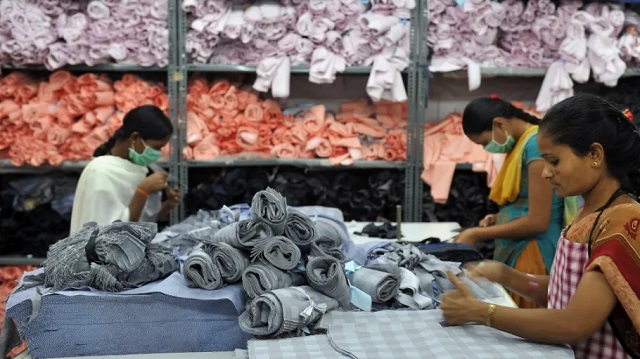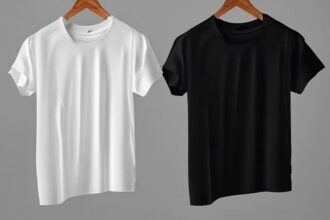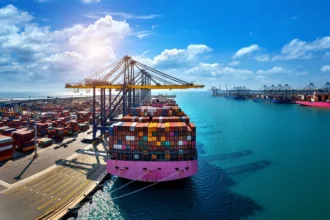India is intensifying its efforts to emerge as the next global powerhouse in the apparel export industry. As global sourcing patterns shift away from China, and major brands reconsider their dependency on Bangladesh and Vietnam, India is seizing the opportunity to climb the ranks.
In the fiscal year 2024–25, India’s total textile and apparel exports reached $36.6 billion, marking a 6.3% year-on-year growth. Apparel exports alone surged by 10%, with a notable 11.3% rise in May 2025 compared to the previous year. This growth reflects strong global demand, particularly from the United States, where India enjoys a significant tariff advantage. While the U.S. imposes a 27% duty on Indian garments, Bangladesh and Vietnam face 37% and 46% respectively. This difference is encouraging many brands to shift their orders to Indian factories, especially in cotton-based categories.
Bangladesh and Vietnam, India’s two main competitors in the global apparel export market, have enjoyed the spotlight for the last decade. Bangladesh exported nearly $40 billion worth of garments in FY2024, while Vietnam’s exports stood around $44 billion. However, both countries are now facing emerging challenges. Bangladesh is grappling with rising labor unrest, infrastructure bottlenecks, and concerns over preferential market access. Vietnam, while benefiting from strong trade deals, is beginning to experience rising labor costs and capacity saturation.
India, in contrast, is leveraging its integrated supply chain, producing over 90% of its own raw materials. New trade deals with the UK and ongoing negotiations with the EU are also opening up more favorable market access. Additionally, the Indian government has introduced several initiatives, including a $1.3 billion Production-Linked Incentive (PLI) scheme and the establishment of PM MITRA mega textile parks, aiming to modernize infrastructure and boost export competitiveness.
Still, challenges remain. Many Indian factories are operating at 80–90% capacity, and labor shortages—especially in skilled segments—are becoming a concern. Compliance with complex regulations and a slow-moving bureaucracy are also hurdles that could hinder rapid scaling.
however, the momentum is clearly shifting. Global brands are increasingly prioritizing reliability, transparency, and vertical integration—areas where India is showing progress. If the current policy support, trade negotiations, and industrial upgrades continue, India may well be on its way to overtaking Bangladesh and even Vietnam in the near future.
India’s apparel sector has never been more optimistic. With the right balance of scale, global engagement, and policy execution, the country stands at the threshold of transforming into the world’s top garment exporter.











